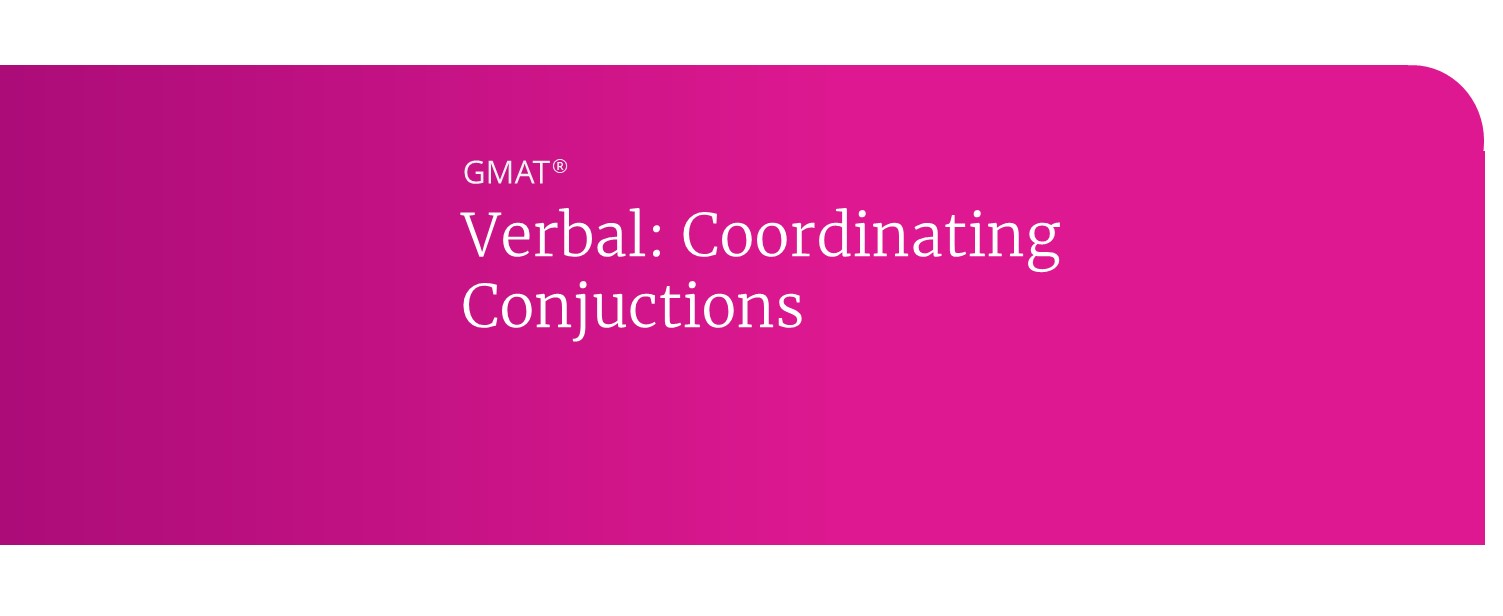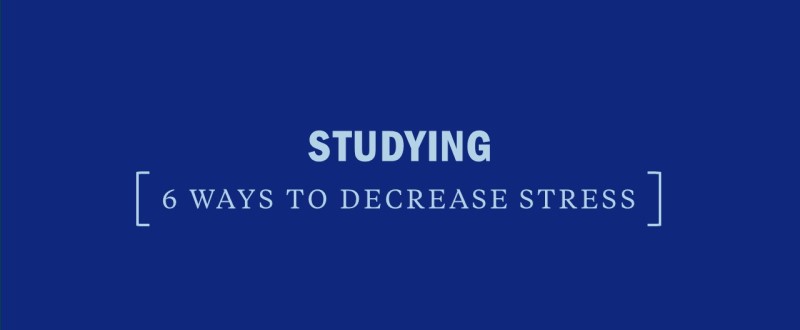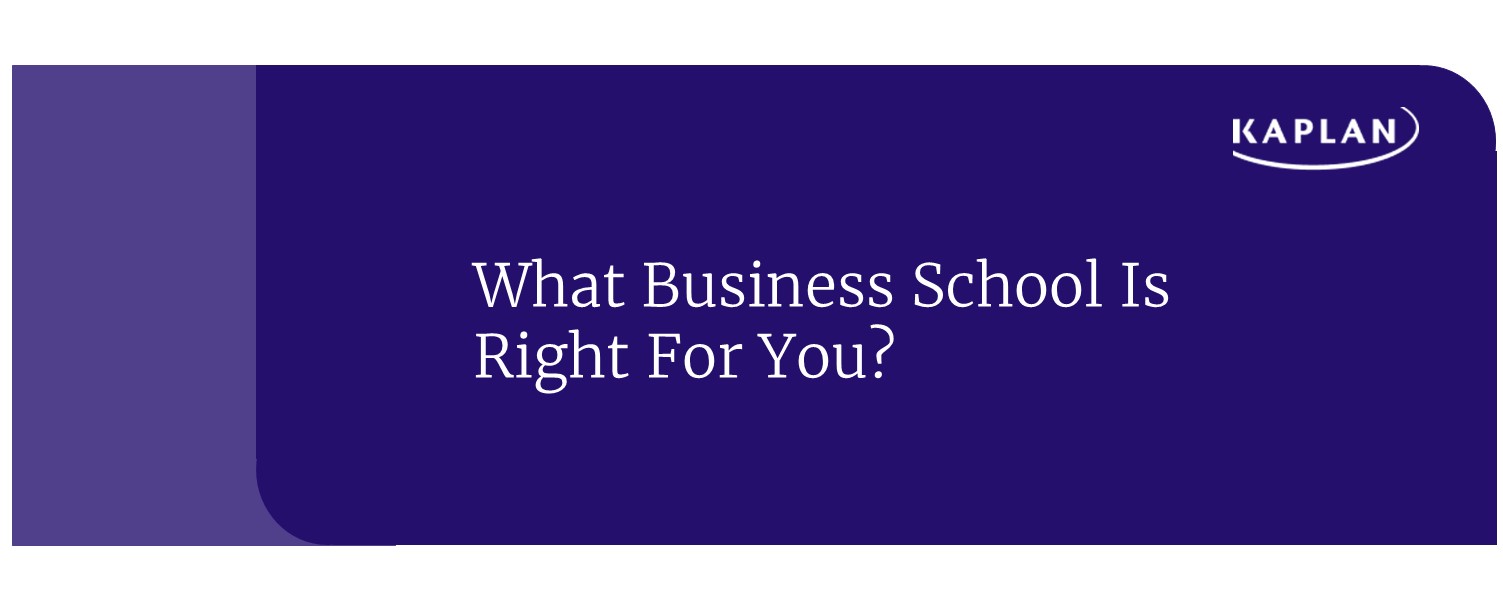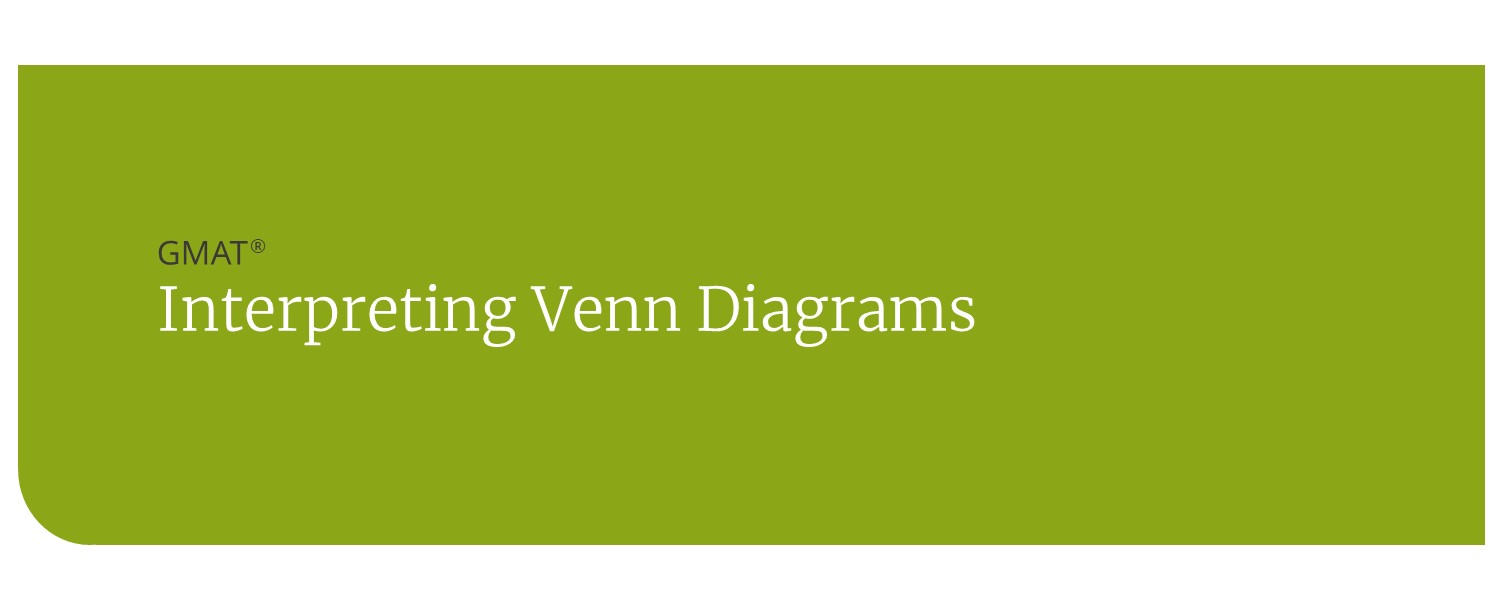GMAT Verbal: Coordinating Conjunctions
Coordinating conjunctions show up very frequently in questions that test your command of English. Learning them can save you time, allowing you to eliminate wrong answer choices quickly and confidently; understanding them will of course also help add style and clarity to your AWA and admissions applications. These coordinating conjunctions are often remembered by the acronym FANBOYS (For, And, Nor, But, Or, Yet, So); their job in a sentence is joining two or more parallel things in a sentence.
- These words can join single words (Would you like an adorable puppy or kitten?);
- whole phrases (He plans to run five miles today and go to the all-you-can-eat buffet by the end of the week);
- or entire independent clauses — things that would stand alone as complete sentences without the conjunction (I would love to try the peaches, but the fuzz gives me the chills).
The things these conjunctions connect must be the same type of thing — an adverb and another adverb, a noun and a noun, an independent clause with another independent clause. Just as you can only add fractions when they have the same denominator, you can only use parallel parts with coordinating conjunctions. All of these coordinating conjunctions also have at least one other job in English.
1: For
The first of the FANBOYS, ‘for’, is most commonly used as a preposition; it is in this way that you will see almost certainly see it, usually expressing direction, purpose, support, length of time or distance, or when something is done on another’s behalf.
- Direction: As soon as I left work, I headed for the bus depot.
- Purpose: She took that job for the large employee discount.
- Support: I voted for the candidate with the funniest advertisements.
- Length of time/distance: They hiked for five miles.
- Behalf: He painted the kitchen for her while she was in the hospital.
When you use the preposition for with any type of pronoun as the object of that preposition, remember that you need to use the objective case of that pronoun (me rather than I, her rather than she).
For whom did you make this delicious-looking pizza?
I made it for him, of course.
The use of ‘for’ as an actual coordinating conjunction is less common than the use of most of the others, because it is only used in clauses giving the reason for what was stated in the first part of the sentence:
I am invulnerable, for I have bathed in the blood of a mighty dragon!
They decided not to perform that night, for most of the crowd had already gone home to avoid the storm.
This use of ‘for’ has a somewhat archaic and formal sound to it, and should not be used at the start of a sentence . . . in fact, there’s no reason for you to use it at all when ‘because’ is less restrictive and in common use.
2: And
‘And’ is the second of our FANBOYS; it is the most common of them all. You are likely familiar enough with it from everyday use, but and does have a few uses you might not have considered.
‘And‘ is the “+” of the verbal world at its most basic level, but can also be used (sometimes in place of other words) to show unexpected opposition, result, comparison, contrast, consequence, and order of events in time.
- Unexpected opposition (the word yet is used more commonly): He drank, smoked, and ate red meat every day for 77 years, and he died in an accident at the age of 98.
- Result: She failed the test and was not admitted into the journalism program.
- Comparison (the word but is used more commonly): In the same concentration, sugar is sweet and sucralose is 600 times sweeter.
- Contrast (the word but is used more commonly): For most people, being kissed on the lips feels good and being punched in the face feels bad.
- Consequence: Ignore my advice and you’ll be sorry!
- Order of events: The bus driver saw the tornado and turned down a country road to avoid it.
That said, there are two principal rules of and that should concern you on Test Day:
- Rule 1: Things joined by and need to be parallel.
- Rule 2: ‘And’ is the only word that can make a plural subject out of singular nouns.
The first rule should be familiar to you from the many, many places where the GMAT and the English language require parallelism, so we will focus on the second one. As you will have seen if you have done any GMAT Verbal practice at all, the makers of the test love to modify phrases between the subject and the verb. It is important to remember the subject of the sentence, no matter how many other people, places, and things get added in by means of these other phrases.
My dog, a large German Shepherd that I named Kitty in honor of a comic book character from some of my favorite stories and movies, has fleas.
Note that dog is the singular subject, and despite all the intervening words, it has a singular verb. The GMAT will frequently separate the subject from the verb, place non-subject words of a different number closer to the verb, or both. However:
My dog and my cat have fleas. (the word and makes the subject plural, since two creatures have fleas)
My dog, along with all other dogs in my neighborhood, has fleas. (even though many dogs have fleas in this sentence, the other dogs are not part of the subject, and therefore have no impact on the singular verb)
3: Nor
‘Nor’ is the third of our FANBOYS, and is the least common of them, but still a force to be reckoned with on the GMAT because of the expected parallelism and the few wrinkles in its usage. It is most often used in lists of things after an initial negative, the most common of which is the combination neither . . . nor. The three things you need to know about nor are:
- Rule 1: Things connected by nor need to be parallel (with or without the presence of neither)
- Rule 2: Nor can preceded by a negative that is something other than nor (such as not, or never, and of course neither)
- Rule 3: When nor joins two things (nouns or pronouns) in the subject of a sentence, and both parts are the same number (singular or plural), then the verb will match that number (singular or plural); when nor joins two things in the subject of a sentence and the two parts differ in number, the verb will take the number of the part closer to the verb
Rule 1 should be familiar to you from not only the other FANBOYS, but also the many other times on the GMAT that parallelism is needed. Perhaps this rule could have gone unstated, but we want you to get the best score you can on the GMAT.
A consequence of Rule 2 is that you will never see neither (as a conjunction) without nor, but you may see nor without neither.
Examples:
She has not told anyone what you said, nor has she given any indication that something is wrong.
The police determined that Miss Scarlet had never entered the library that day, nor had she, according to fingerprint evidence, ever touched the revolver.
Examples of Rule 3:
Neither Holly nor Eydie will answer the phone when Erika is not home. (two singular subjects with a singular verb)
Neither bottles of rat poison nor bags of broken glass are appropriate gifts for the host of the party. (two plural subjects with a plural verb)
Neither the high school athlete nor that child’s parents decide who plays each game. (one singular, one plural subject with a plural verb)
Neither the high school athlete’s parents nor the athlete herself decides who plays each game. (one singular, one plural subject with a singular verb)
Some say it is a rule that when you have nor joining a singular and a plural, the plural always goes second (and therefore you will always have a plural verb if at least one of the parts is plural).
4: But
‘But’ is the fourth of our FANBOYS, and will show up very often indeed. It leads a dual life as an adverb and a conjunction, but it is in the latter form that you’ll usually see it. ‘But’ is most often used in a sentence to show opposition or concession to what has come before, though in some cases the only thing it “opposes” is the idea that what was just said is all there is to say on the subject:
- Opposition: They want to go to the concert, but they don’t want to pay for it.
- Concession: I would tell her how much peaches upset me, but she went to all the trouble of baking a peach pie for me!
- Exception (used the way except for is used): Test day for the GMAT worried everyone but me because of all the time I’d spent practicing.
- Continuation of initial statement: I want you not only to go to Ireland, but also to take as many pictures as you can while you’re there.
- Elaboration: The girls never made much money selling cookies, but stayed home watching television all summer.
- For comparison, this is the adverbial use of but (used the way only is used): I am but a man, and can only do so much in a day.
There are two principles rules of but that should concern you on Test Day:
- Rule 1: Things connected by but need to be parallel
- Rule 2: A part of a sentence preceded by not only on the GMAT will ALWAYS be followed by but also and part of the sentence parallel to what was after not only
A consequence of Rule 2 is that:
- You will never see not only without but also, however you could see but also without not only.
Examples:
They’re selling not only their car, after which they intend to rely on public transportation, but also their house, after which they will live in a yurt.
As opposed to:
He’s quite wasteful with his money, but also rich enough not to care.
Note that you can easily and more concisely use and or but in place of but also.
5: Or
The fifth of the FANBOYS, ‘or’, is only a conjunction, but as one of the three most common coordinating conjunctions, ‘or’ has Test Day implications for you. On the surface, ‘or’ offers a simple choice (wet or dry, left or right), but on closer inspection it has two uses, inclusive and exclusive.
Inclusive:
May I get you an appetizer or some drinks? (‘Or’ can separate non-exclusive choices, with an unstated choice “all of them”; tone of voice makes this use of or clearer in spoken English).
That woman is an absolute genius, or at least more insightful than the average person. (‘Or’ can precede a clarification or refinement of the statement that comes before it).
Exclusive:
I will make it to the finish line or die trying! (It is not possible to do both logically)
Either clean up this room, or start packing your suitcase for boarding school. (Either . . . or is always the exclusive or)
You will never see either without or, but you will frequently see or without either.Expert Tip
Whether or is inclusive or exclusive, you have just two rules to keep in mind on Test Day:
- Rule 1: Things connected by or need to be parallel (with or without the presence of either)
- Rule 2: When or joins two things (nouns or pronouns) in the subject of a sentence, and both parts are the same number (singular or plural), then the verb will match that number (singular or plural); when or joins two things in the subject of a sentence and the two parts differ in number, the verb will take the number of the part closer to the verb
Examples of Rule 2:
Matthew or Samantha will answer the phone when I am not home. (Two singular subjects with a singular verb)
Bottles of wine or fine chocolates are excellent gifts for the host of the party. (Two plural subjects with a plural verb)
The coach or her assistant coaches decide who plays each game. (One singular, one plural subject with a plural verb)
The assistant coaches or the head coach decides who plays each game. (One singular, one plural subject with a singular verb)
Some say it is a rule that when you have or joining a singular and a plural, the plural always goes second (and therefore you will always have a plural verb if at least one of the parts is plural).
6: Yet
The sixth of the FANBOYS, ‘yet‘, is another one of our “double agents”; ‘yet’ is both a conjunction and an adverb. When yet appears as a conjunction, it has an intent similar to the conjunction but or the adverb nevertheless — what follows yet is in some way contrary to the expectations set by what came before it.
Direct opposition: The family reunion was a happy one for all who attended, yet for many it was a sad one at the same time.
Contrary to expectation: The team was no longer mathematically able to make it to the playoffs, yet each athlete played as if it were the championship game.
Note that yet can appear alongside two other coordinating conjunctions, and but:
Mr. Jones disliked the children in the neighborhood, and yet he still made sure he had plenty of candy for the children every Halloween.
We have never had a good meal at that restaurant, but yet we still go back there occasionally, hoping it will be better.
By comparison, when yet is used as an adverb, it means “up to a specified point” or “still”:
Up to a specified point: She was not yet tall enough to be allowed on that amusement park ride last year.
At a point in the future: The ancient script Linear A may yet be deciphered.
Still or continuously: I haven’t refused a free slice of pizza yet.
Your only rule for yet: Things connected by yet need to be parallel.
The last of the FANBOYS, ‘so‘, is quite a word. In addition to its job as a conjunction, it also can be an adverb, an adjective, an interjection, and even a noun! We’ll cover all of them for the sake of clarity and completeness; the use of ‘so’ as a conjunction is not as varied as the other FANBOYS, though. ‘So’ is used to express purpose or result with two independent clauses:
Purpose:
Your mother went to the store so we can bake cookies tonight.
Write this down so you don’t forget it.
Result:
She didn’t wake up on time, so she was late for work.
You’re not going to pay me, so I’m not going to do any more work.
If the two of you can go without ice cream for a year, so can I.
(note that when so is used for the second half of a conditional sentence, the word order of the subject and verb is reversed, as it would be with a question like “how can I?”)
Whether so (as a coordinating conjunction) is used to express purpose or result, you have just two rules to keep in mind on Test Day:
Rule 1: Things connected by so need to be parallel, and need to be independent clauses
Rule 2: When so is used as the consequence in a conditional statement, word order is changed
For the sake of completeness and to clear up questions you might have on the other uses of so:
Adverb:
(“very”): If I weren’t so worried about this trip, I would be able to sleep.
(“to that extent”): What took you so long?
*Note that the “extent” version of so does get tested on the GMAT in sentences splitting up “so [adjective] . . . . that [result]” (“He was so tall that he had to duck his head“)!
Adjective:
(a synonym for “true”): Say it isn’t so!
(“in the aforementioned way/manner”): We were very excited and nervous about the big game, but so was the other team.
Interjection:
(summarizing, akin to the “result” so): So, let’s get your suitcase packed for your trip.
(beginning a question): So, when do you start your MBA program?
As a noun, so is a term from music referring the fifth note of a major scale; it is not likely to appear on the GMAT in this form.
I hope the FANBOYS are a little more familiar to you now.




